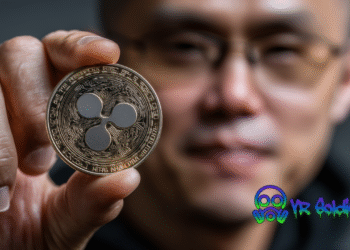It is seemingly becoming a lot easier to replicate physical objects for virtual reality. Rather than rendering objects from scratch, existing technologies can be used to speed up the process. Scientists have built a camera with a flash to create the replication of objects for both VR and AR. A rather big breakthrough which can help both industries grow.
Bringing the Physical to the Virtual
Although it would seem time-consuming to replicate physical items in a virtual world, that is not always the case. Until now, the process involved capturing and reproducing real-world objects for virtual reality. Surprisingly, this process can be sped up significantly. It doesn’t even involve expensive hardware either. All one needs is a camera with a built-in flash to make it happen.
These are the findings of research in Spain and South Korea. They have succeeded in replicating the 3D geometry and appearance of objects with these “basic” gadgets. It is a surprising breakthrough, although one that can benefit both the VR and AR industry alike. It allows for more immersive and realistic experiences, which is all one can ask for.
Lead Author Min H. Kim explains:
“Traditionally, this has been either done manually by 3D artists, which is a labor-intensive task, or by using specialized, expensive hardware. Our method is straightforward, cheaper and efficient and reproduces realistic 3D objects by just taking photos from a single camera with a built-in flash. Using only 3D geometry cannot reproduce the realistic appearance of the object in the AR/VR environment. Our technique can capture high-quality 3D geometry, as well as its material appearance so that the objects can be realistically rendered in any virtual environment.”
So far, the technology has been demonstrated successfully by using a Nikon D7000 digital camera. Additionally, the results were replicated by using an Android phone with a built-in camera. Combined with the algorithm developed by the researchers, it will be possible to recreate objects on a large scale.
If you liked this article make sure to follow us on twitter @thevrsoldier and subscribe to our newsletter to stay up to date with the latest VR trends and news.












